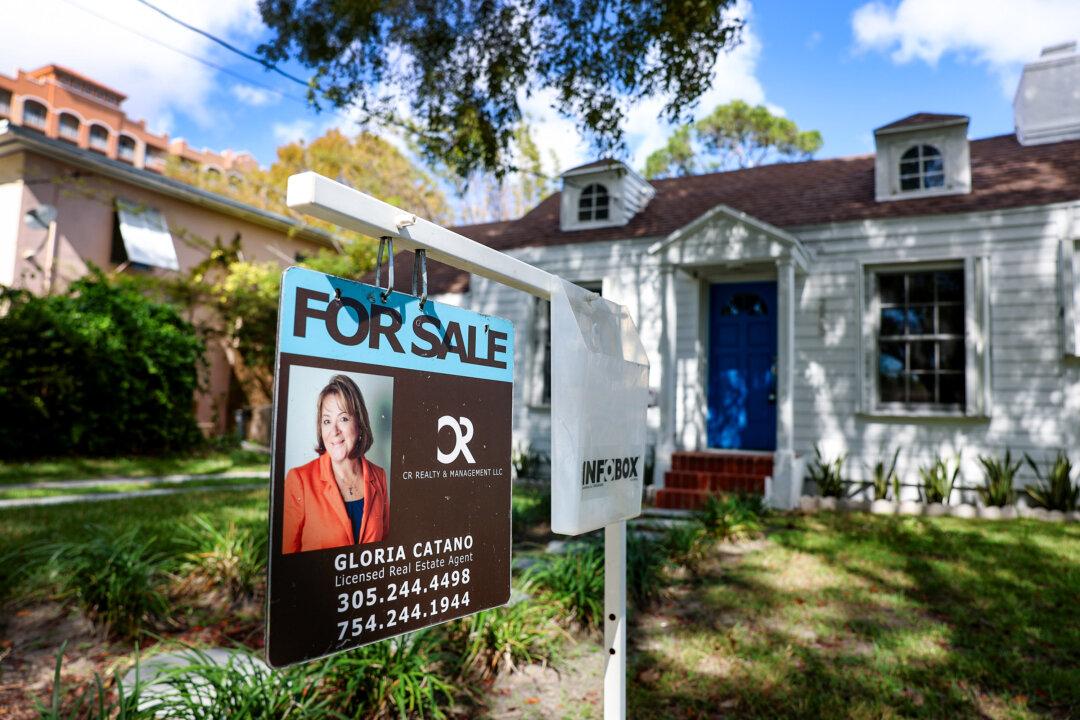It’s been a mixed bag for the U.S. housing market, as positive numbers showing an increase in home sales in October were quickly followed by a rise in mortgage rates and diminishing demand.
A short-lived drop in mortgage rates in September led to a 3.4 percent increase in home sales, to 3.96 million in October, according to the monthly report released by the National Association of Realtors (NAR) on Nov. 21. Year over year, the sales rose by 2.9 percent, the first since July 2021.





